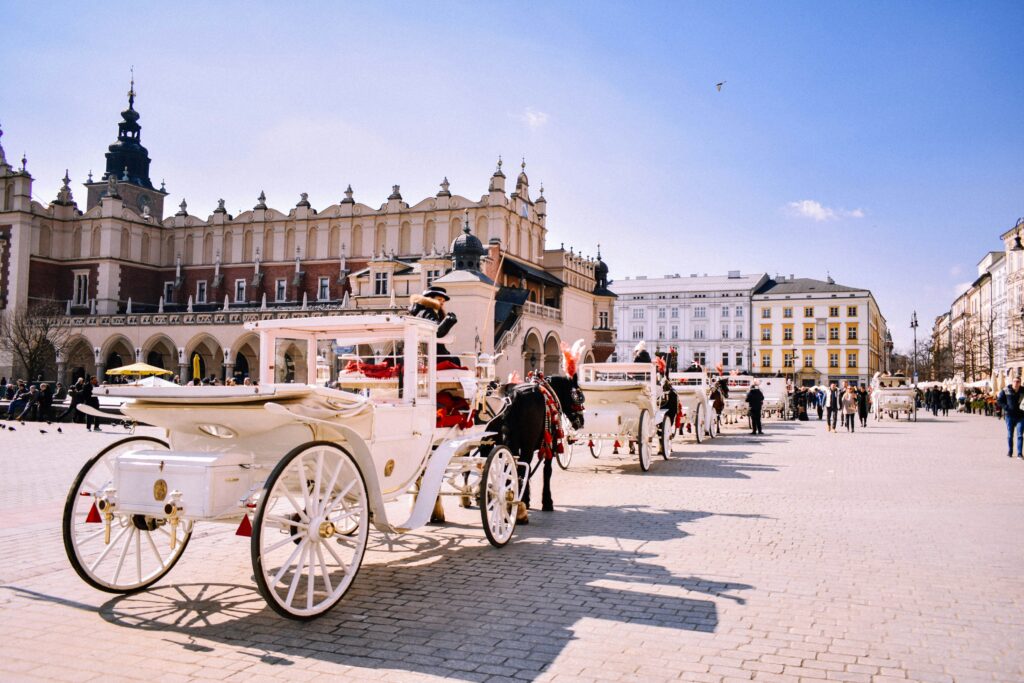
Understanding Poland’s Currency
Poland may be known for its rich history, stunning architecture, and delicious pierogi, but if you’re planning a visit, there’s an essential detail you need to understand: what currency does Poland use? The simple answer is that Poland uses the Polish złoty (PLN). This currency has been in use since 1924, and it’s definitely the primary form of money within the country.
But hey, you might have heard whispers about euros being accepted in some places. Is that the case? Let’s break it down.
The Polish Złoty: A Closer Look
The złoty is divided into 100 groszy, and it comes in both coins and banknotes. The coins range from 1 grosz all the way to 5 złoty, while banknotes are in denominations of 10, 20, 50, 100, and 200 złoty. When you’re out and about, you’ll likely find that most prices—whether it’s for a delicious meal or a quirky souvenir—are listed in złoty.
Why is the Złoty Important?
The złoty is not just a piece of currency; it’s an important part of Poland’s identity. Even after joining the European Union in 2004, Poland has kept its own currency. There’s a sense of pride among Poles about this decision, as it allows them to retain control over their monetary policies and economy.
For tourists, this means you’ll want to get familiar with the złoty to navigate your financial transactions smoothly. Luckily, the currency exchange is relatively easy in major cities, with plenty of currency exchange offices and ATMs available.
Where Can You Use Euros?
Despite the złoty being the official currency, you might still see some places in popular tourist areas that accept euros. This is especially common in larger cities like Warsaw and Kraków, as well as in tourist hotspots. However, here’s the kicker: while some restaurants, shops, and hotels may welcome euros, it’s not a guarantee. If you’re venturing off the beaten path, you might find that euros are simply not accepted.
Tip: Always Carry Some Złoty
To avoid any hassles, it’s wise to carry some złoty. Having cash can make things easier, especially in smaller towns or rural areas where euros might not be accepted at all. Plus, using local currency usually ensures you are getting a fair exchange rate.
Exchanging Currency: What You Need to Know
So, how do you get your hands on some złoty once you’re in Poland? Here are a few reliable methods:
1. ATMs
ATMs are plentiful in Poland. You can easily withdraw cash using your debit or credit card. Just keep an eye on the conversion rates and fees—it’s usually better to choose to be charged in złoty rather than your home currency to avoid extra fees.
2. Currency Exchange Offices
Currency exchange offices, or “kantor,” are a common sight in Poland. They can be found in airports, major train stations, and throughout city centers. It’s wise to shop around, as exchange rates can vary. Look for places that display their rates clearly to ensure you’re getting a fair deal.
3. Banks
Banks can also provide currency exchange services, but they tend to have shorter hours compared to ATMs or exchange offices. If you’re looking for a reliable place and don’t mind waiting, banks can be a solid option.
Using Credit Cards in Poland
You’ll be pleased to know that credit and debit cards are widely accepted in Poland—especially in urban areas. Most restaurants, stores, and hotels accept cards, including Visa and Mastercard. However, it’s always a good idea to have a small amount of cash for places like local markets or small cafes where cards might not be accepted.
Tip: Notify Your Bank
Before you head off on your adventure, don’t forget to notify your bank about your travel plans. This will help prevent any potential blocks on your card when it’s used in a different country.
Final Thoughts
So there you have it! Poland primarily uses the złoty, and while euros may be accepted in some tourist areas, it’s best to be prepared with local currency. Embrace the unique experience of using złoty, indulge in the delicious local cuisine, and enjoy the beauty that Poland has to offer.
Enjoy your trip, and remember that every złoty spent is a step towards discovering a vibrant culture and fascinating history.
